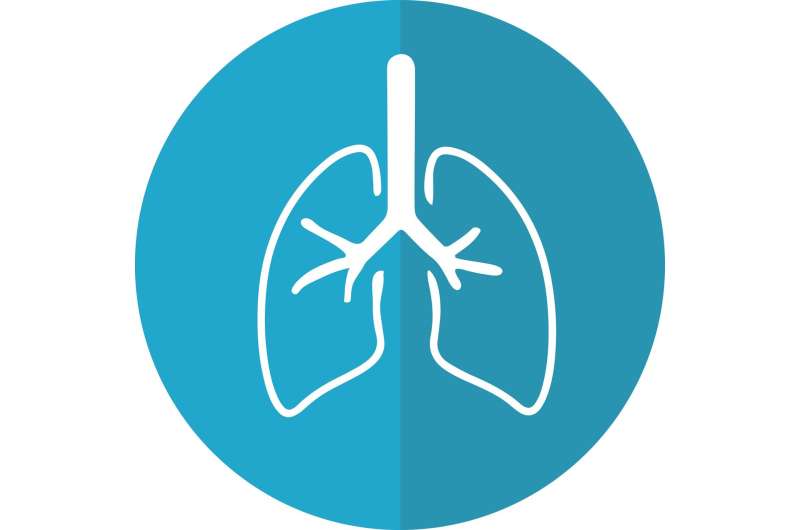New Grading System Proposed for Invasive Lung Squamous Cell Carcinoma by IASLC

A new study proposes a tumor budding-based grading system for invasive lung squamous cell carcinoma, offering improved prognostic accuracy and potential to enhance treatment strategies. Published by IASLC, this research highlights a practical approach for pathologists worldwide.
A recent study published in the Journal of Thoracic Oncology introduces a simplified, prognostically significant grading system for invasive squamous cell carcinoma of the lung (LUSC). This research, conducted by the International Association for the Study of Lung Cancer (IASLC) Pathology Committee, suggests that tumor budding—a histopathologic feature—can serve as a reliable basis for grading resected LUSC. Lung squamous cell carcinoma accounts for roughly 25% of lung cancers, yet effective therapeutic options are limited due to the lack of identifiable molecular targets. Consequently, the role of histological features in prognosis and treatment decision-making has become increasingly important.
Involving extensive analysis across multiple international cohorts, the study evaluated various histological parameters in 1,489 cases of resected LUSC without neoadjuvant therapy. Features such as tumor budding, smallest tumor nest size, nuclear size, and tumor spread through air spaces (STAS) were assessed. Among these, tumor budding emerged as the only independent predictor of both recurrence-free survival and overall survival in two training sets comprising 262 and 427 cases. Based on this, the researchers designed a two-tier grading system using a cut-off of 10 buds per 0.785 mm², consistent with thresholds used in colorectal cancer. The new system classified tumors as low-grade (0–9 buds) or high-grade (10 or more buds) and was validated in a separate test cohort of 827 cases, demonstrating significant differences in median survival, particularly among stage I patients.
The study highlighted that the grading system is not only reproducible across different institutions but also practical for routine pathology work. Dr. Mari Mino-Kenudson of Massachusetts General Hospital emphasized that this specific grading approach provides a standardized and accessible method for prognostication in LUSC, differing from the general lung cancer grading frameworks used for all histologic types. This advancement holds potential for better guiding clinical management and research efforts tailored specifically to lung squamous cell carcinoma.
Source: https://medicalxpress.com/news/2025-10-grading-invasive-squamous-cell-carcinoma.html
Stay Updated with Mia's Feed
Get the latest health & wellness insights delivered straight to your inbox.
Related Articles
Low Incidence of Local Breast Cancer Recurrence in Young Women
A comprehensive study shows that young women with breast cancer have low long-term rates of local recurrence, supporting the effectiveness of current treatment approaches.
How Mood, Sleep, and Personality Traits Influence Tinnitus Severity
New research reveals that mood, sleep quality, and personality traits significantly influence the severity of tinnitus, offering new pathways for personalized treatment. A large-scale AI study highlights the importance of psychological health in managing ear ringing and buzzing sensations.
Potential Risks of Psilocybin During the Postpartum Period
Emerging research indicates that psilocybin may pose significant risks during the postpartum period, potentially worsening depression and affecting offspring development. UC Davis's latest study highlights the importance of cautious use and further investigation into psychedelic safety for new mothers.
Bird Flu Outbreak Leads to Closure of Parks in Andalusia, Spain
Bird flu outbreaks in Andalusia, Spain, have led to the closure of major parks and wildlife areas as authorities work to contain the virus and protect both wildlife and public health.



